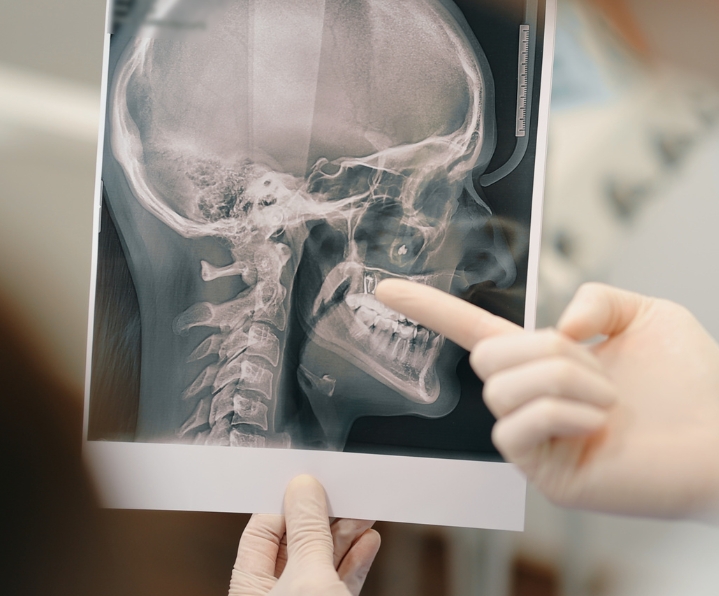Bone Grafting
Bone grafting is a common procedure undertaken by approximately 80% of our implant patients at our clinic, and there is no need to be apprehensive about it.
It is employed to preserve bone volume after tooth extraction or to enhance bone quantity in areas where we plan to implant. Various materials are available as bone substitutes, each with their unique pros and cons.
A bone graft in dental implants is a surgical procedure used to augment or regenerate bone tissue in the jawbone, making it suitable for the placement of dental implants. It is often necessary when a patient lacks sufficient natural bone mass or when the existing bone structure is too weak or thin to support an implant.
During a bone graft procedure, a dentist or oral surgeon places a special bone graft material at the site where the implant will be inserted. This graft material can be sourced from various places, such as the patient’s own body (autograft), donor bone (allograft), or synthetic materials (alloplast). Over time, the graft material fuses with the patient's existing bone, creating a stronger and more stable foundation for the dental implant. Once the graft has fully healed and integrated with the natural bone, the dental implant can be placed securely, allowing for the restoration of missing teeth. Bone grafts are essential in cases where the patient's jawbone needs reinforcement to ensure the long-term success of dental implant procedures.

A bone graft in dental implants is a surgical procedure used to augment or regenerate bone tissue in the jawbone, making it suitable for the placement of dental implants. It is often necessary when a patient lacks sufficient natural bone mass or when the existing bone structure is too weak or thin to support an implant.
During a bone graft procedure, a dentist or oral surgeon places a special bone graft material at the site where the implant will be inserted. This graft material can be sourced from various places, such as the patient’s own body (autograft), donor bone (allograft), or synthetic materials (alloplast). Over time, the graft material fuses with the patient's existing bone, creating a stronger and more stable foundation for the dental implant. Once the graft has fully healed and integrated with the natural bone, the dental implant can be placed securely, allowing for the restoration of missing teeth. Bone grafts are essential in cases where the patient's jawbone needs reinforcement to ensure the long-term success of dental implant procedures.
